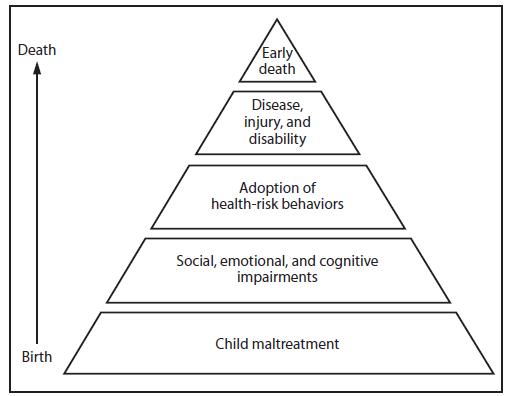Child Maltreatment Policies Brochure
Child Maltreatment Policies Brochure
(Child Maltreatment Policies Brochure)
This assignment focuses on analyzing policies about child maltreatment in the United States where, as noted in the Week Three Instructor Guidance and the Rubin (2012) recommended readings for Week Three, it is a growing national issue. This assignment is another opportunity to further apply 21st century technology skills as you create an informational brochure meant to inform the public in a variety of potential environments about child maltreatment in the United States and in a specific state of your choosing.
Your finished brochure will be included in your website as part of the Week Six Final Project. Beyond reading the Week Three Instructor Guidance and the recommended chapters from Rubin (2012), review the State of California (2014) website resources for services related to children’s and youth health, the CDCP (2014) website about preventing child maltreatment, the Child Help (2014) website programs page, and the CAPA (2014) webpage about their programs and services to learn about child maltreatment and policies related thereto.
Create your assignment using the content and written communication instructions below. Use the Grading Rubric to review your assignment before submission to ensure you have met the distinguished performance for each of the components described below.For additional assistance, review the Week Three Instructor Guidance and, if needed, contact the instructor for further clarifications using the Ask Your Instructor discussion. Additionally, add the flyer as a link or attachment to the page on your website titled Child Protection Services & Child Maltreatment.

FIGURE. Potential influences of child maltreatment throughout the lifespan
Content Instructions
Using a digital software program such as Microsoft Publisher or Lucidpress.com, create a single-page, 3-panel, front-to back brochure that informs the public about the realities of child maltreatment in the United States and a specific state of your choosing. The brochure should be designed to appeal to audiences in a variety of settings, such as offices of school counselors or nurses, community centers and outreach facilities, public health facilities, and social services departments. Use the “Save As” option to save your brochure as a PDF. Submit the PDF version as your assignment for evaluation and include the attachment or link if constructed from an online source such as Lucidpress to your website.
- Title (1 point): Include an engaging title for the brochure.
- Maltreatment Information (2 points): Include a description of what constitutes child maltreatment, abuse, or neglect; tips for prevention, tips for parents or caregivers, and reporting abuse. Include at least two supporting resources cited in-text and in a References section.
- Statistical Data (1 point): Include at least three items of statistical data, audience-appropriate graphics, and two-to-three points about child maltreatment in the United States and your selected state. Include at least two supporting resources cited in-text and in a References section.
- Policy or Program Resource (3 points): Describe at least two policies, programs, models, or other source of support for parents, caregivers, schools, or others. Include at least two supporting resources cited in-text and in a References section.
- References: (1 point): Include a references section with at least four scholarly sources in addition to the Rubin (2012) textbook for any summarized, paraphrased, or quoted material in your brochure, including images and graphics
All sources in the references section to be used and cited correctly within the body of the assignment.
- Formatting (1 points): Brochure is a PDF, 8.5×11 inches in size, single-page, 3-panel, front-to-back design that uses graphics, and has a consistent theme/format to augment the readability of the brochure.


